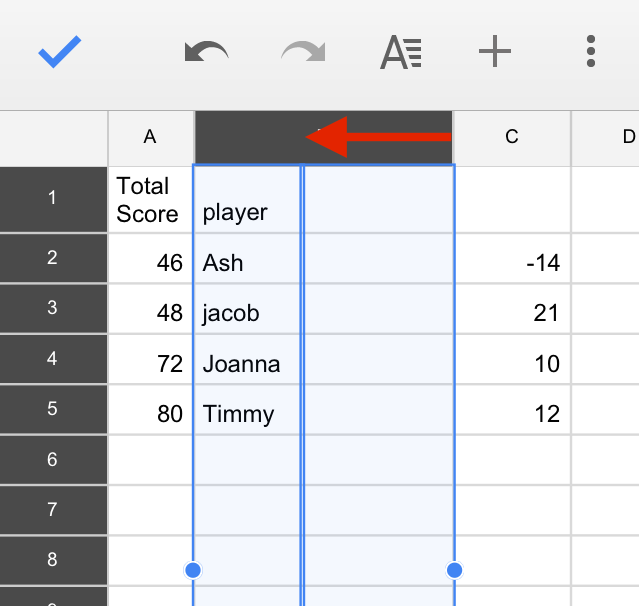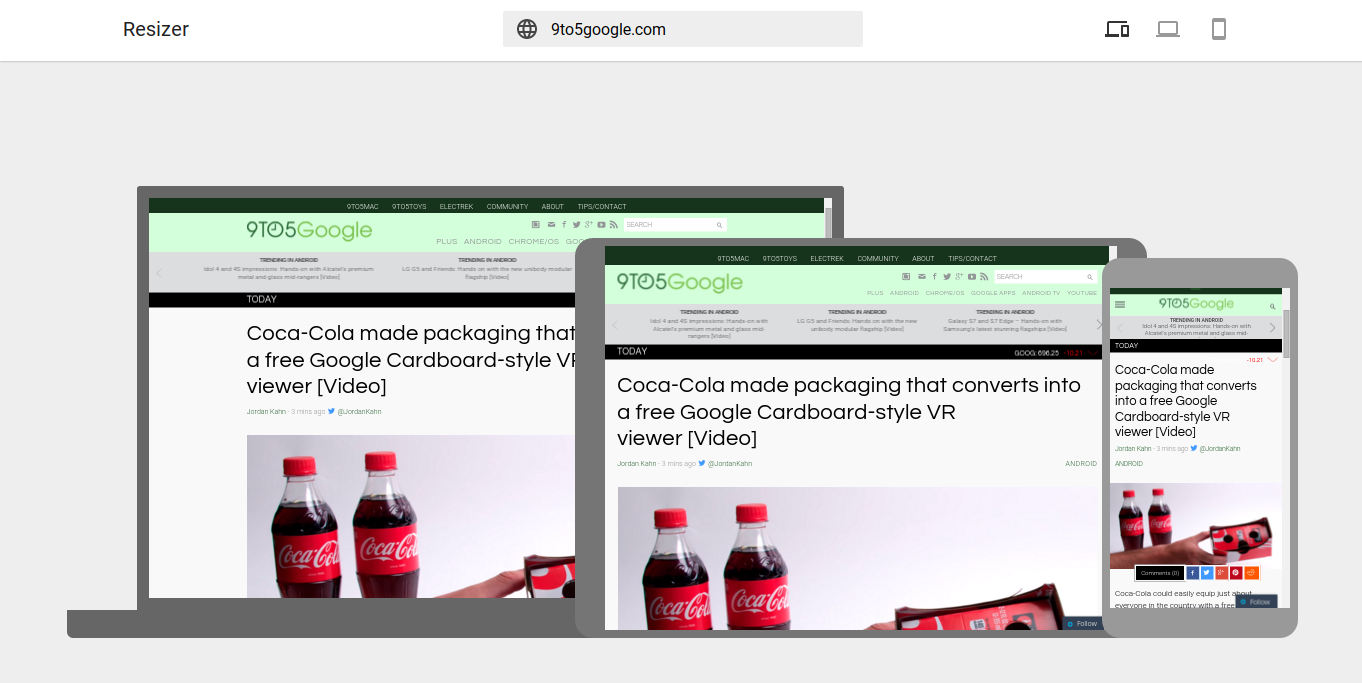


However, there’s no need for any of that. You might be thinking that, to achieve this, you’ll have to spend a lot of time searching for the right app, installing it, then suffering through a steep learning curve to master it. It’s perfectly possible to resize images for free, without putting in much effort and in a blink of an eye.
#Google image resize zip
Then zip all the resized copies up into a compressed folder (.zip) and attach it to your letter. If you need to send a batch of images, first, use our Image Resize tool to change their width and height without compromising their quality. Hence, resizing your images may be one of the solutions to this problem. The larger the size of your image, the more difficult it is to send it via email, especially if you have several of them. But if you want to send an email, you can attach a file or a group of files no more than 25 MB. For example, Gmail’s size limit is 50 MB for an incoming letter. Sending as an email attachmentĪs you may know, email services have size limits for attached files. In most cases, it will be displayed correctly. If you don’t want to deal with all these different dimensions and prepare your visual content for every social media platform separately, you can simply resize an image to 1024 x 512 px. Here are the most important image sizes for popular social networks. If it is larger, then it will be automatically compressed, which may result in a substantial quality reduction or it being awkwardly cropped out. If your original photo is smaller than the necessary dimensions, it will be stretched out and become a bit blurry. When sharing your visual content on social media, it is very important to take the recommended image sizes for posts, ads, headers, or profile pictures into consideration.
#Google image resize professional
Therefore, if you want your visual content to look good and professional without compromising your website’s loading speed, it is necessary to resize your images before publishing them. In the mobile version, your images can get misplaced due to their poorly selected size, and your customers will get a bad impression of your website’s layout. Last, but not least, don’t forget that some people may view your website on their smartphones. It’s worth mentioning that web pages with large, high-resolution images aren’t indexed well by search engines, because of their slow loading. Smaller copies will look just as good as the originals. You can avoid this by processing your images in a special image resizer. In addition, browsers don’t usually do a good job at compressing images properly, which might lead to them looking blurry, unappealing, and unprofessional. All of these things can scare away a considerable number of your website visitors.
#Google image resize download
Large files that haven’t been resized can take an extremely long time to fully load on a web page, and it is more difficult to download them onto your computer. This might significantly slow down its work. If a high-resolution photo is uploaded onto your website and its original size hadn’t been reduced, the browser will be forced to compress it, so that the visitors would have a better visual experience. At the same time, the most popular screen sizes, such as 1024 x 768, 1152 x 864, 1280 x 960, can be 2 or more times smaller than the dimensions of a high-quality photo. Posting on your websiteīoth the standard resolution of a computer screen and the image size are measured in pixels. Here are the three most common cases when image resizing is necessary. Thus, a user-friendly app that will resize your images in a matter of minutes can be a great addition to your toolkit. In fact, files of smaller size have some significant advantages: they are faster to transfer as well as easier to open, view and store. Such a highly detailed image would be perfect for printing or displaying on a big screen.īut you don’t usually need photos of the highest quality if you want to post them on the internet or social media platforms. For example, a good-quality JPEG photo can be up to 5 MB in size and have dimensions of 4200 x 2800 pixels. Since high-resolution cameras appeared on the market, we’ve had to deal with a large amount of data.


 0 kommentar(er)
0 kommentar(er)
